Canon EOS 550D Review
Canon EOS 550D
Canon's latest mid-range DSLR has an 18MP CMOS sensor and the sharpest monitor yet
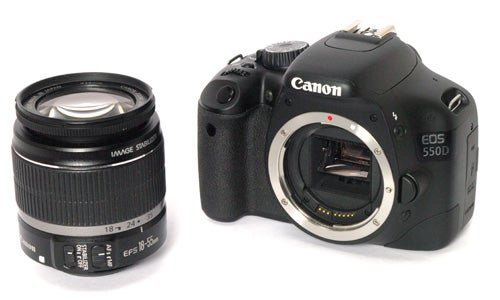
Verdict
Pros
- Excellent image quality
- Brilliant monitor
- HD video
- Superb high ISO noise handling
Cons
- Expensive
- Fixed monitor
- Mediocre kit lens quality
Key Specifications
- Review Price: £697.99
- 18 megapixel sensor
- High resolution monitor
- Live view
- HD video with mic input
There are currently only four manufacturers producing APS-C format digital SLRs. In order of their respective market shares they are Canon, Nikon, Sony and Pentax. While Pentax seems content to plod along with its two percent share of the market and its small but excellent range of entry-level and semi-pro models, the other three brands are involved in a cut-and thrust battle, launching new cameras into ever smaller niches, seeking to fill every possible gap in the market. The past year has seen Canon’s leading share of the DSLR market drop from around 50 per cent to just over 40, while rivals Nikon and Sony are gaining ground with some very strong products such as the D5000, Alpha A500 and A550.
Canon’s response has been to expand its range of consumer cameras especially in the mid-range area, launching the 15-megapixel EOS 500D towards the end of last year, and now following it up with a new mid-range model, the EOS 550D. With a newly designed 18.1 megapixel CMOS sensor, 1080p HD video recording and the sharpest monitor of any current DSLR it has an impressive specification, handily trumping the D5000 and Alpha A550 in all the crucial areas except price. The Nikon D5000 is currently selling for around £500 body-only, while the Sony A550 is around £550. The EOS 550D is available for just under £700 body only, or around £750 with the kit 18-55mm f/3.5-5.6 EF-S image-stabilised lens.
In terms of overall design the EOS 550D is, unsurprisingly, very similar to the EOS 500D. The body is the same light but tough polycarbonate plastic over a steel chassis, and the physical dimensions are almost identical at 128.8 x 97.3 x 62mm. The 550D is approximately the same weight too, weighing 526g body-only but including battery and memory card, making it quite a bit smaller and lighter than the either the Nikon D5000 or the Sony A550. The handling and balance of the camera are as good as you’d expect from Canon, with a large rubber-coated handgrip and a large thumb-grip area on the back. There are a couple of minor differences to distinguish the 550D from the A500, but they are mostly cosmetic. The shape and layout of some of the rear panel controls has been changed, in my opinion for the better, and the main mode dial is now black rather than silver. It’s not much, but every little helps.
The EOS 550D is an advanced mid-range camera, just one step down from the EOS 50D (although ironically slightly more expensive). It is aimed at experienced amateur photographers, and has a features set to match. It has a wide range of shutter speeds, from 30 seconds to 1/4000th, a nine-point AF system with a cross-type f/5.6 central point, and the sophisticated 63-point metering system from the EOS 7D, more advanced than the 35-zone meter of the 500D.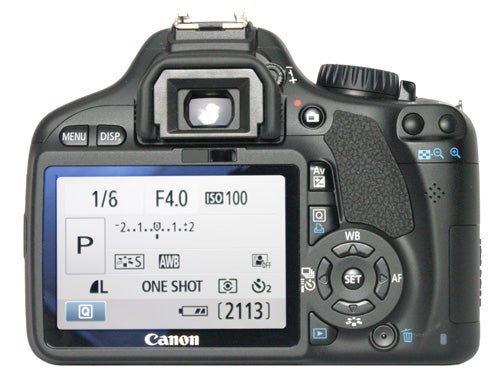
The control interface is very well thought out, and all the main shooting settings can be adjusted quickly and easily either from the main menu or from an on-screen quick menu as shown in the image above. Pressing the “Q” button highlights the settings, which can be navigated using the D-pad and adjusted by the control wheel located just above the shutter button. The 550D has only a single control wheel, and this is used in conjunction with the Av+/- button to control either shutter speed or aperture.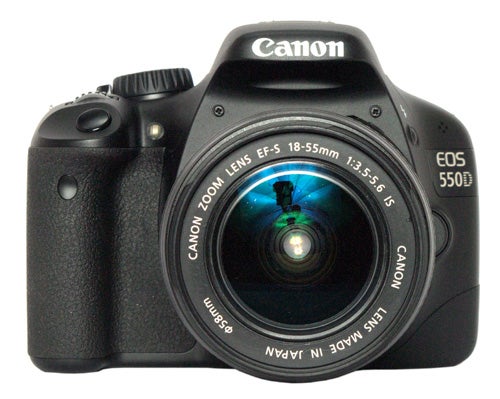
Like other DSLRs in Canon’s range it has the easy-to-use but highly adaptable Picture Style feature for colour and tone customisation, with nine pre-sets each of which can be individually tailored to the user’s requirements for sharpness, contrast, saturation and tone. White balance control however is less adaptable, with only auto, six pre-sets and a custom setting which is set from a recorded image. There is no dial-in colour temperature or adjustable balance.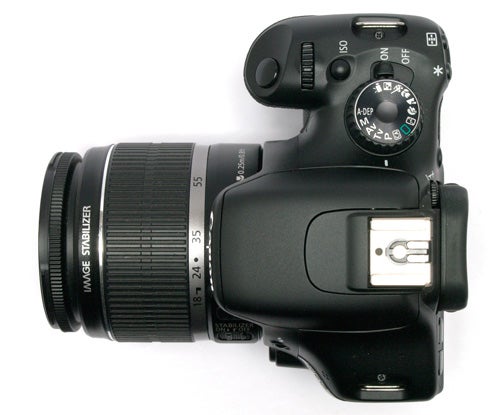
Other advanced features include the Auto Lighting Optimiser function, which helps to preserve shadow and highlight detail in high-contrast lighting situations. It has three levels of activity, and does work well, although I’d say it is slightly less effective than Sony’s Dynamic Range Optimiser system, and certainly not a patch on Pentax’s in-camera HDR feature.
HD video recording has become a must-have feature on digital SLRs these days, with only Sony yet to introduce it. The EOS 550D takes it one step further than the EOS 500D, and is capable of shooting 1,920 x 1,080 resolution video at 30fps or 1,280 x 720 resolution at 50fps. Audio is recorded in mono via a built-in microphone, but there is a socket for a stereo external microphone to be connected. I tried out the video feature, recording a local band, and I have to say that while the picture quality was very good, there seemed to be some problems with sound and picture synchronisation. I tried playing it back in several different players including the recommended QuickTime player, and the problem was present in all of them.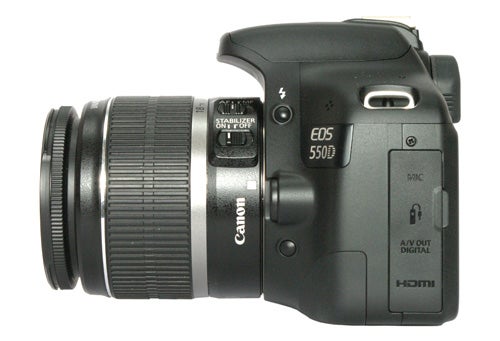
The 550D also suffers from what has been termed the “Jello effect” (thanks Ian!), a problem common to video recording on CMOS-sensor cameras, in which rapid pans or fast -moving subjects cause a vertical distortion as the sensor scan fails to keep up with the camera movement. It’s not a big problem under most normal circumstances, but it seems to be unavoidable with this technology.
Another must-have feature is of course Live View, in which the view through the lens is shown live on the monitor rather than using the optical viewfinder. Like Nikon and Pentax (but not Sony), Canon uses the main imaging sensor for this, which of course means that the reflex mirror has to be flipped up, and the main phase-detection AF system cannot be used. There is a secondary contrast-detection AF system for live view, with just a single AF point. It does work, but it is very slow and not terribly reliable in low light. The main AF can be used in live view, but it has to flip the mirror down to take a reading, again slowing down operation.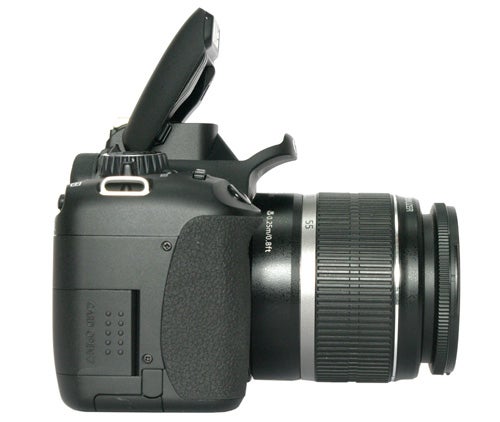
The monitor itself is definitely one of the camera’s highlights. It has a resolution of over a million dots, making it the highest resolution monitor on any current digital camera. It is also virtually glare-free even in direct bright sunlight, and has an angle of view of almost 90 degrees in every direction. The only thing I can think of to criticise is that it is fixed, which makes it a bit less versatile than the articulated monitors of the Nikon D5000 and Sony A550, but when a monitor is this good is seems churlish to complain about that. The viewfinder is also very good, nice and bright with 95 per cent frame coverage. It’s quite a large view, with a nice easy-to-read data display.
Overall performance is obviously going to be a key factor in cameras at this level, and here, rather surprisingly, the EOS 550D stumbles a little. It can switch on and take a picture almost instantly, but then so can its main rivals. In single-shot mode it has a shot-to-shot time of approximately 0.6 seconds, which isn’t quite as fast as you can press the button, but is still very quick. However in continuous shooting mode it can only manage 3.7 frames a second, which is slower than either the Nikon D5000 (4fps) or the Sony A550 (5fps). I think the problem is the size of the 18MP image files. The EOS 7D, which also has an 18MP sensor, has two DIGIC 4 processors giving it an amazing 8fps shooting speed. The EOS 550D has only one processor, and it struggles to keep up. It has a buffer big enough for 34 images in high-quality JPEG mode, or six in Raw mode.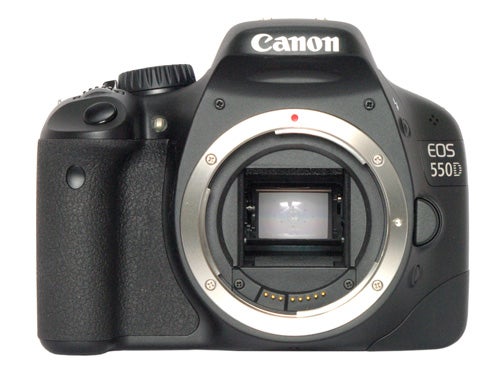
The autofocus system is, as we have come to expect from Canon, extremely good. It focuses quickly and accurately in almost any lighting conditions, including low light, but unlike some of its rivals the EOS 550D has no AF assist lamp. Instead it pulses the pop-up flash to provide low-light focusing. It will pop the flash automatically in Auto mode, but this has to be done manually in other modes.
18-megapixels is a lot of resolution by any standard, and it tempting to compare the EOS 550D with its big brother the EOS 7D, but it’s not really fair to measure it against a camera that costs over twice the price. Compared to the Nikon D5000, the Sony A500 ( I haven’t tested the A550 yet) and crucially the EOS 500D it obviously produces larger images, but I can’t honestly say that the quality is better. There is a certain softness and lack of contrast which robs the images of some very fine detail, although in fairness that may be due to the supplied 18-55mm kit lens, which still isn’t as good as the lenses supplied with either the Sony or the Nikon. It produces quite a lot of barrel distortion at wide angle, and noticeable chromatic aberration at the edges of the frame even stopped down at half zoom.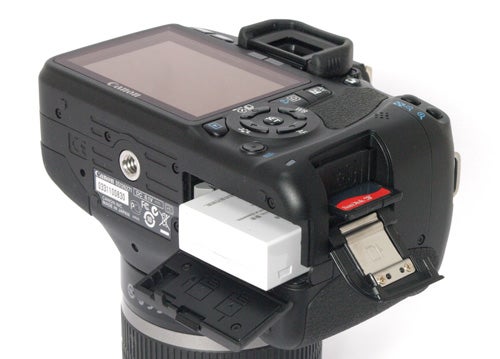
One area where the EOS 550D does score major Brownie points is in high-ISO noise control. Shots at 1600 ISO are comparable with the results from the EOS 5D MkII, arguably the best high-ISO camera on the market, and even at 3200 ISO shots are perfectly usable, although quality does break down at the 6400 ISO maximum setting.. It totally whips the Nikon D5000 in this area, and is even better than the impressive Sony A500. The question is, is this enough to justify the extra cost?
”’Verdict”’
The Canon EOS 550D is a very good camera by any standard. Build quality is excellent, the control layout and handling are near perfect, high ISO noise control is superb and the new monitor is the best on the market. However it doesn’t offer many more features or significantly better image quality than the EOS 500D, and is beaten in some crucial areas by cheaper rival cameras.
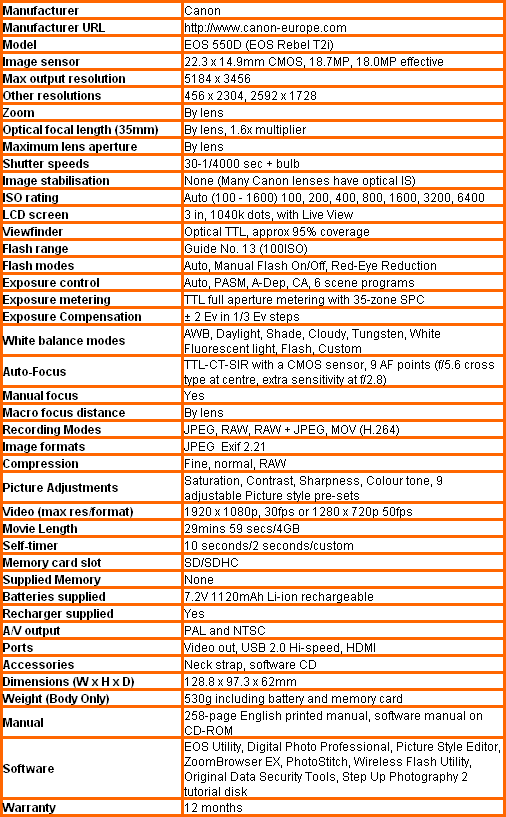
”Over the next few pages we show a range of test shots. On this page the full size image at the minimum and maximum ISO settings have been reduced to let you see the full image, and a series of full resolution crops have taken from original images at a range of ISO settings to show the overall image quality. These pictures were taken indoors using reflected natural light. ”
—-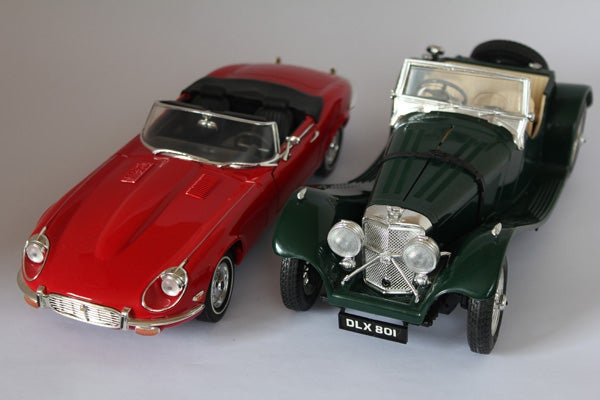
This is the full frame at 100 ISO.
—-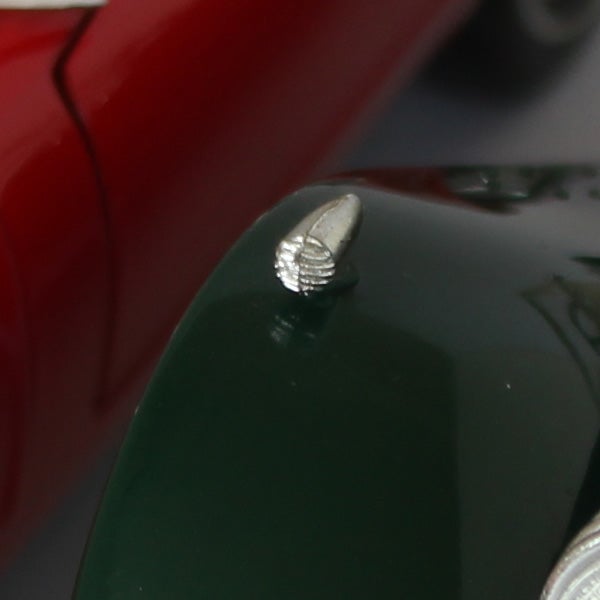
At the minimum ISO setting the image quality is flawless.
—-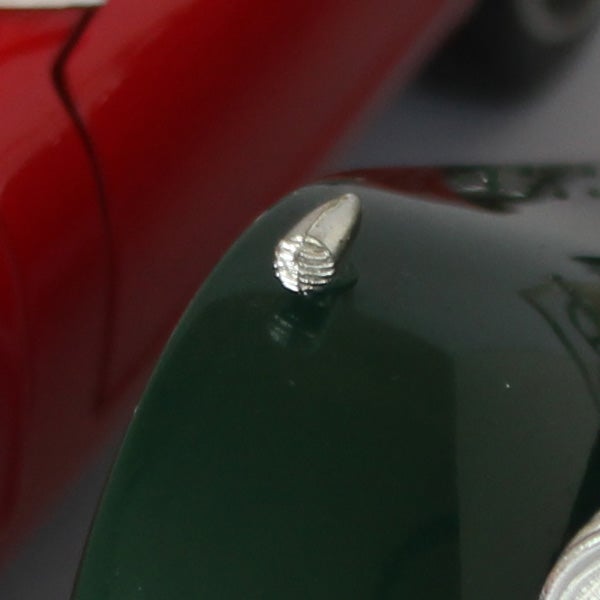
It’s the same at 200 ISO…
—-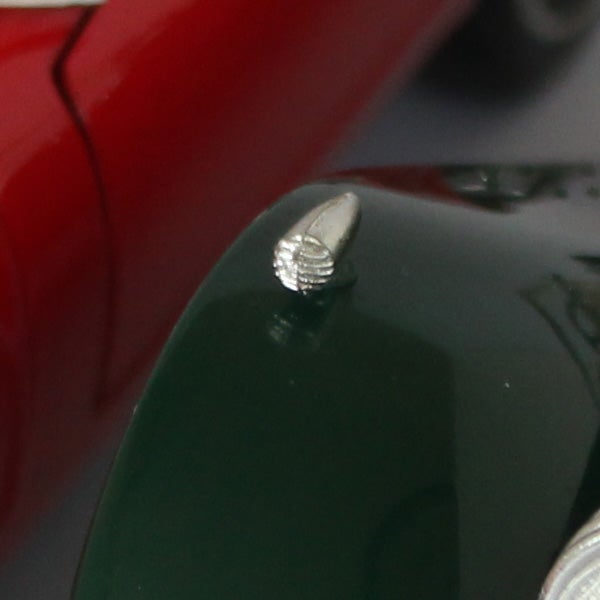
…and at 400 ISO
—-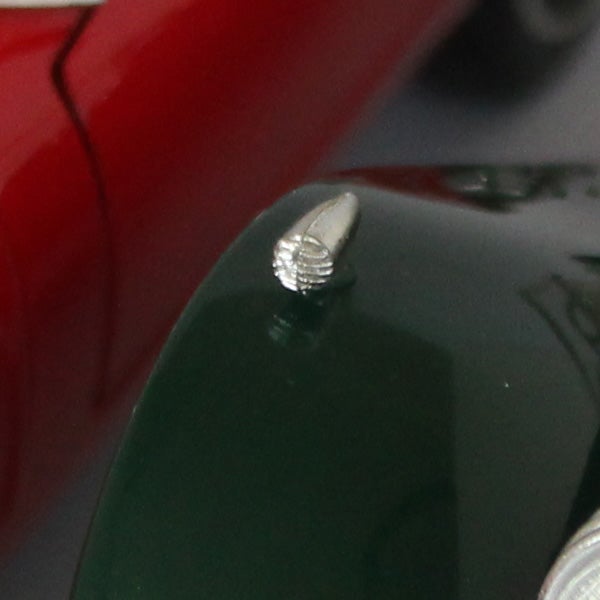
There’s a tiny hint of noise at 800 ISO.
—-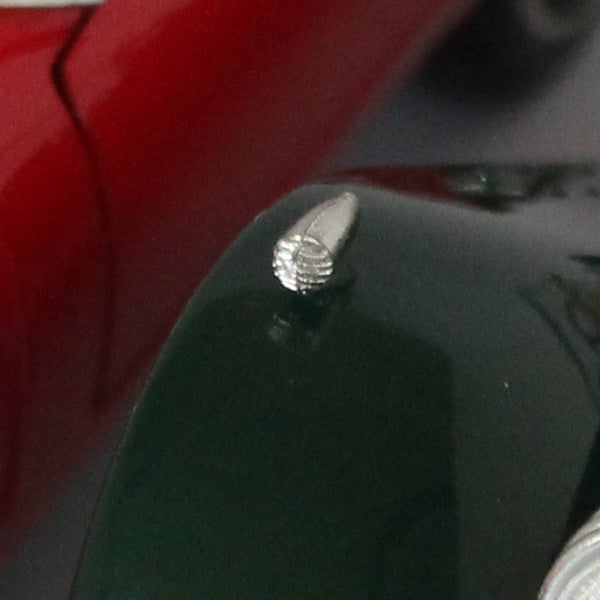
At 1600 ISO the 550D is producing less noise than the EOS 7D.
—-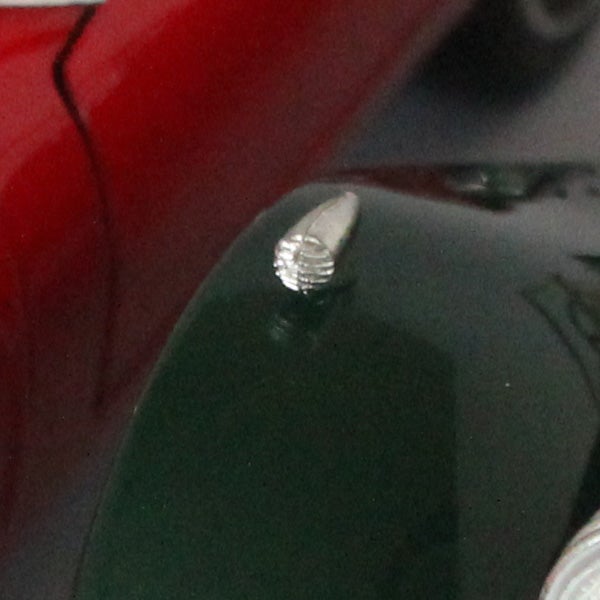
There is noise at 3200 ISO, but the image quality is still pretty good.
—-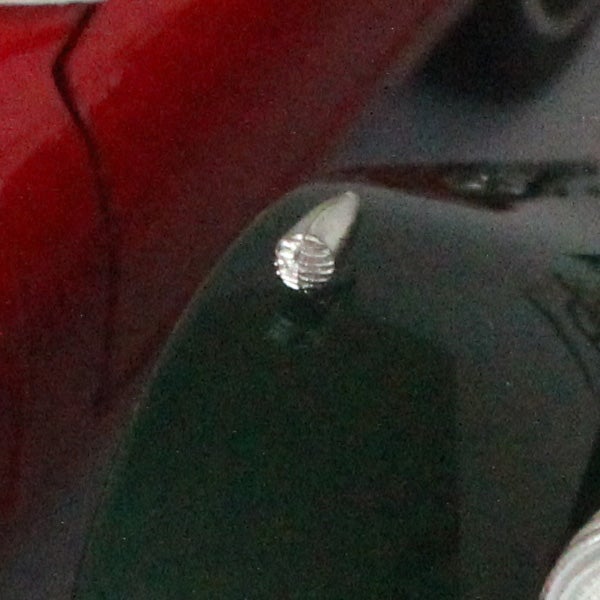
Only at 6400 ISO does noise really become a deal-breaker.
—-
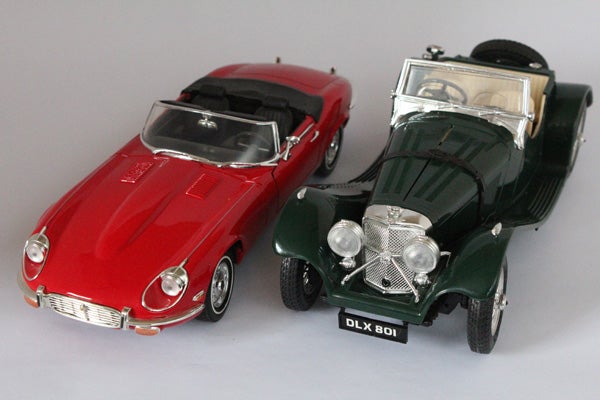
This is the full frame at 6400 ISO
—-
”A range of general test shots are shown over the next two pages. In some cases, the full size image has been reduced for bandwidth purposes, and a crop taken from the original full resolution image has been placed below it to show the overall image quality. Some other pictures may be clicked to view the original full-size image. ”
—-

Here’s my usual DSLR test shot of Sidmouth seafront for comparison with other cameras. Click on the image to download a full-size version, but be aware that the file is 5.6MB.
—-

Compare this with the results from the Sony A500, the Nikon D5000 and the EOS 500D.
—-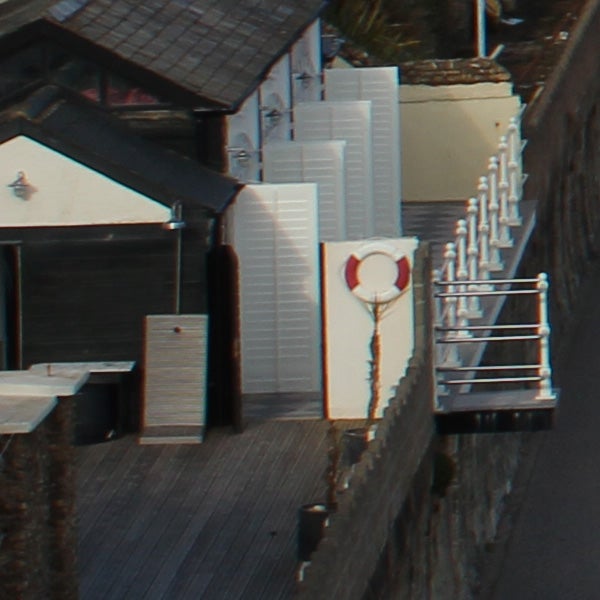
The Canon 18-55mm kit lens produces noticeable chromatic aberration even at f/11.
—-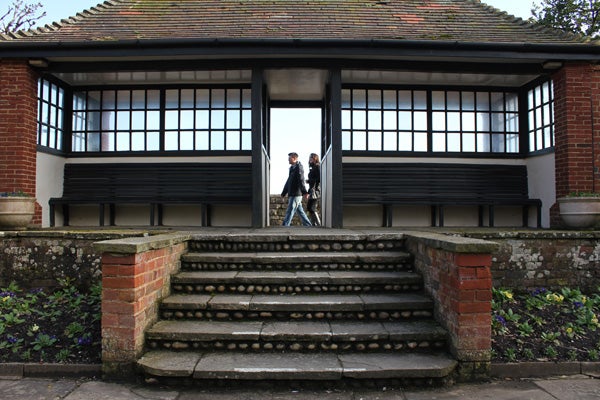
There’s also some barrel distortion at wide angle.
—-
”Here are some general test shots to help evaluate the camera’s overall image quality.”
—-
Colour rendition in standard picture style is excellent.
—-
The monochrome picture style produces good contrast and tonal range.
—-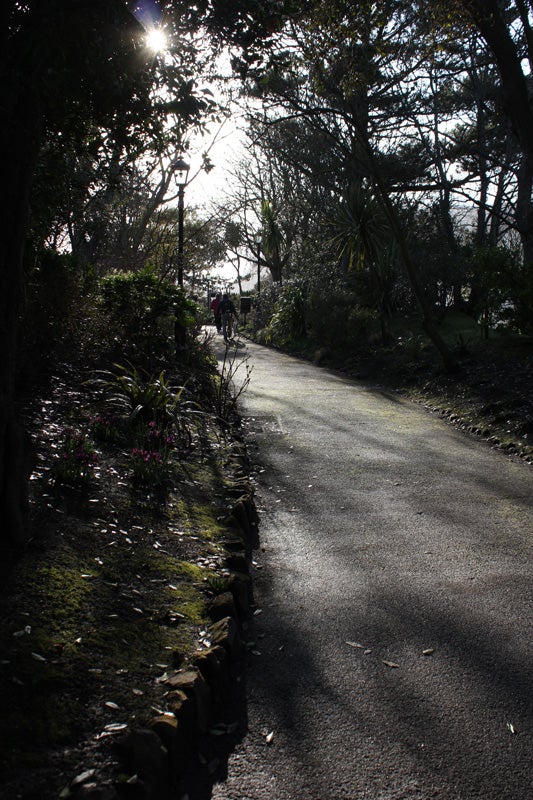
With the Auto Lighting Optimiser disabled there’s not much shadow detail in this shot.
—-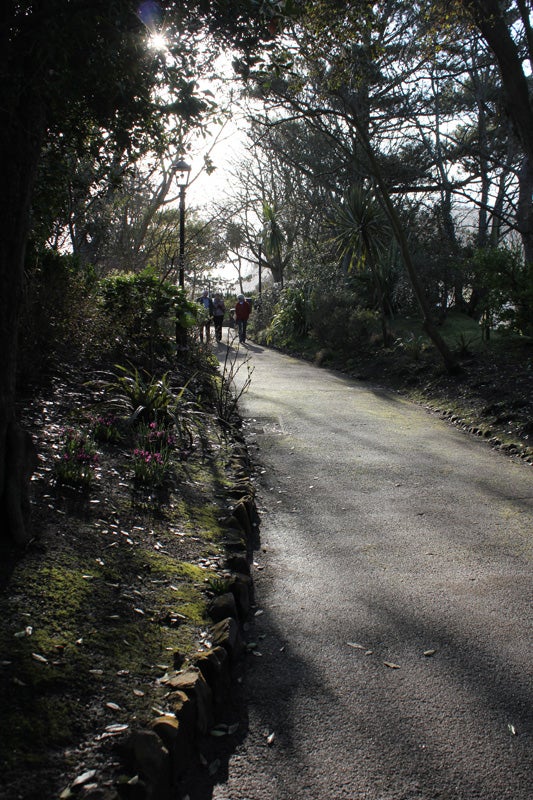
The same shot with ALO set to maximum.
—-
Trusted Score
Score in detail
-
Value 6
-
Image Quality 9
-
Build Quality 9
Features
| Camera type | Digital SLR |
| Megapixels (Megapixel) | 18 Megapixel |
| Optical Zoom (Times) | 3.1x |
| Image Stabilisation | Optical |
| LCD Monitor | 3 in |
| Flash modes | Auto Flash, Flash OFF, Flash ON, Red-eye Reduction |
| Video (max res/format) | 1920 x 1080, 640 x 480 |
| Memory card slot | Secure Digital Extended Capacity (SDXC), Secure Digital (SD) Card, Secure Digital High Capacity (SDHC) Card |

